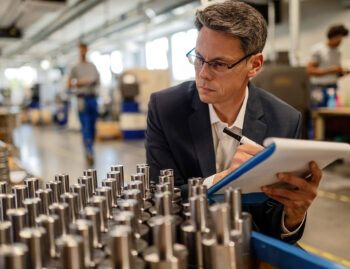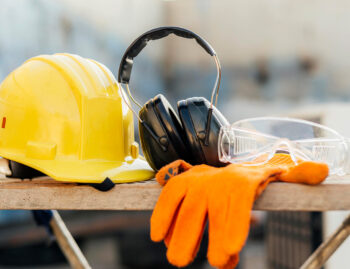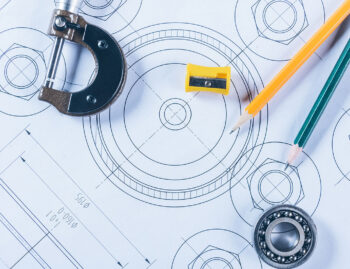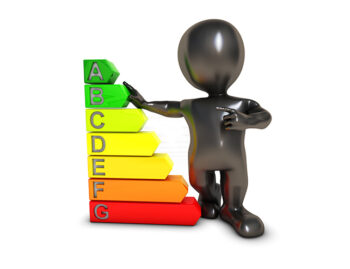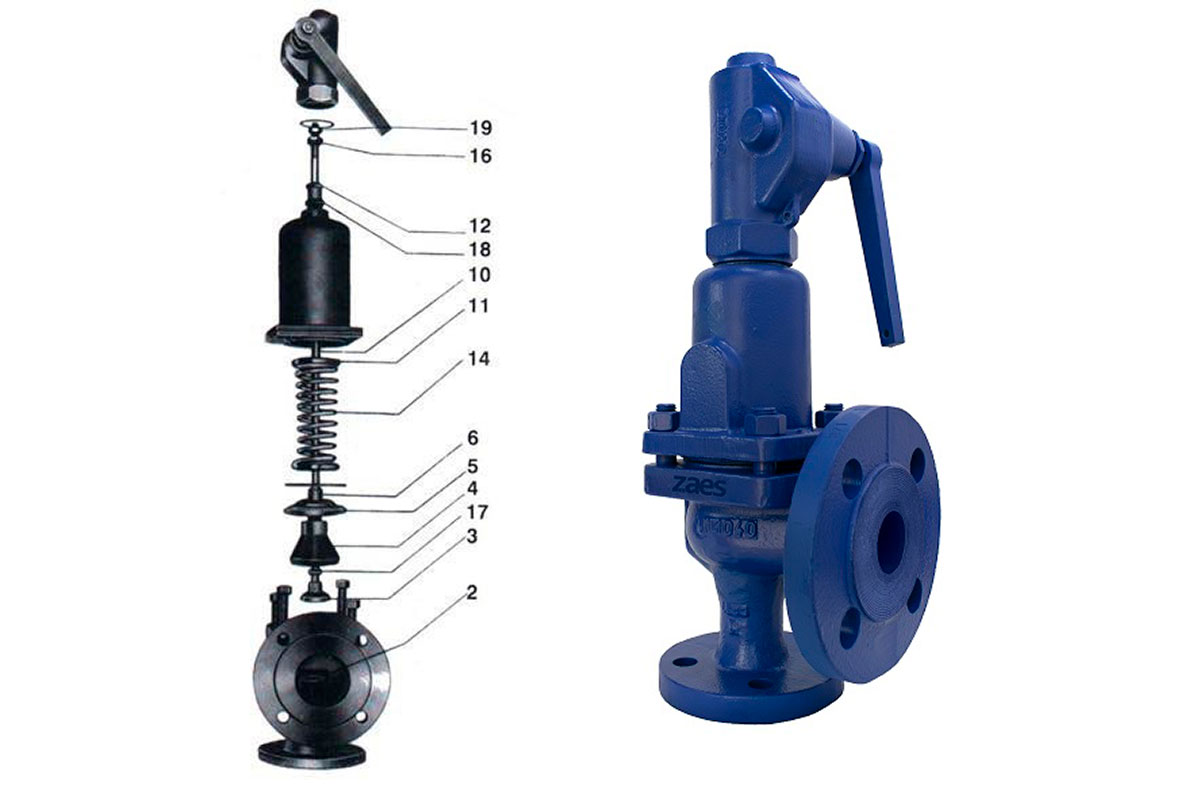
The security valves are one of the most important elements in maintaining the integrity of a fluid system. These valves are designed to prevent excess pressure in the system, which can cause serious damage to the installation. To do this, the safety relief valve is made up of a number of parts that work together.
The most important parts of the safety relief valves are:
- The body.
- The bonnet.
- The shutter.
- They are normally made of: Carbon steel, grey cast iron, nodular cast iron, brass, bronze, stainless steel and in special alloys such as Duplex, Superduplex, Hastelloy, Monel, etc....
- The spring.
- They are normally made of: Carbon steel, stainless steel AISI 302, AISI 316, Inconel, etc...
Function of safety relief valve parts:
The body: The body of a safety relief valve is the part of the valve that houses the valve components and provides a connection to the system being protected. The valve body is designed to withstand the mechanical and thermal loads generated in the process, and its construction must be suitable for the type of fluid and the process temperature.
The bonnet: The bonnet of a safety relief valve is the top cover or cap that sits on top of the valve. It is an essential part of the safety relief valve as it is designed to protect the internal components of the valve from external elements such as dirt, dust and moisture, which can affect the performance of the valve.
The shutter: The poppet of a safety relief valve is the part of the valve that moves to open and close the flow of fluid through the valve. In a safety relief valve, the plug is used to control the flow of fluid in the pipeline and to protect against excess pressure in the system.
The spring: The safety valve spring is placed in the valve body and acts as a force barrier opposite to the force generated by the fluid pressure in the system. The spring force is adjustable and is set according to the needs of the system. When the pressure in the system exceeds the set spring pressure, the spring compresses and the valve opens to allow excess fluid to escape from the system.
In conclusion, the safety valve is made up of a number of parts that work together to maintain the proper pressure level.


